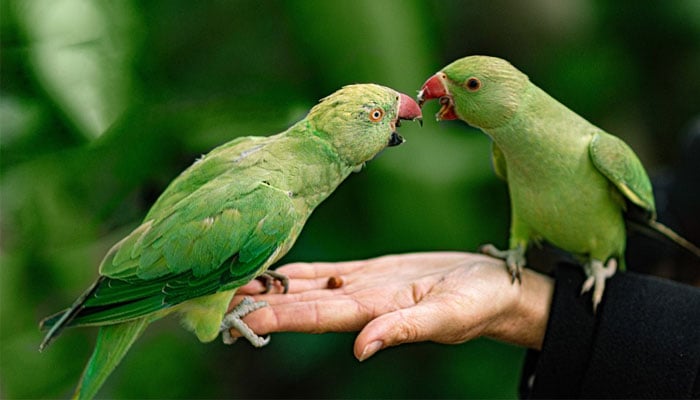'Parrot fever' is on the rise but should you be worried about it?
Senior epidemiologist says parrot fever can be transmitted to humans by infected birds
March 10, 2024

The deadly avian influenza (bird flu) is quite known among people but a new bird-related illness, called "parrot fever", is on the rise and has already killed several people in Europe, according to the World Health Organization (WHO), Fox News reported.
The United States Centers for Disease Control and Prevention (CDC) has reported a significant rise in cases of Chlamydia psittaci (C psittaci), a bird-borne bacteria, in Austria, Denmark, Germany, Sweden, and The Netherlands since 2023, with five reported deaths.
"Exposure to wild and/or domestic birds was reported in most of the cases," WHO wrote in the announcement.
"Human infections occur mainly through contact with secretions from infected birds and are mostly associated with those who work with pet birds, poultry workers, veterinarians, pet bird owners and gardeners in areas where C psittaci is epizootic in the native bird population."
WHO also said that it was monitoring the situation and "based on the available information, assesses the risk posed by this event as low".
How does parrot fever spread?

Donal Bisanzio, PhD, a senior epidemiologist with Research Triangle Institute International revealed that parrot fever can spread among birds in "close contact" or in "confined spaces".
All infected birds might not show symptoms but most will have some behavioural changes.
"Birds affected by parrot fever will often have reduced appetite, lethargy, weight loss, diarrhoea (usually with yellowish droppings), ocular discharge and breathing issues," said Bisanzio.
"Parrot fever is also a zoonosis, meaning it can be transmitted to humans by infected birds," he added.
People are most exposed to infected birds' droppings and respiratory secretions through airborne dust particles, while direct contact with birds can also transmit the infection.
People who own birds or work closely with pet birds are at highest risk.
"Humans can be exposed to the bacterium causing the disease by handling infected birds or cleaning their cages," he said.
Bisanzio recommends that pet owners should have newly acquired birds or those showing signs of disease examined by veterinarians specialising in bird health.
Symptoms, diagnosis and treatment

The CDC says that individuals infected by the parrot fever usually exhibit flu-like symptoms, including fever, headache, diarrhoea, cough, muscle pain and fatigue.
Symptoms typically appear within five to 14 days of exposure, and if untreated, the disease can escalate to pneumonia.
"A significant portion of reported cases have required hospitalisation due to pneumonia symptoms," said Bisanzio.
Parrot fever can be diagnosed through phlegm, blood or nose and/or throat cultures, and antibiotics can be prescribed to treat the infection and alleviate symptoms, according to the CDC.
People typically recover entirely from the illness, but in rare cases it can cause inflammation of the heart valves, hepatitis and neurologic problems.











